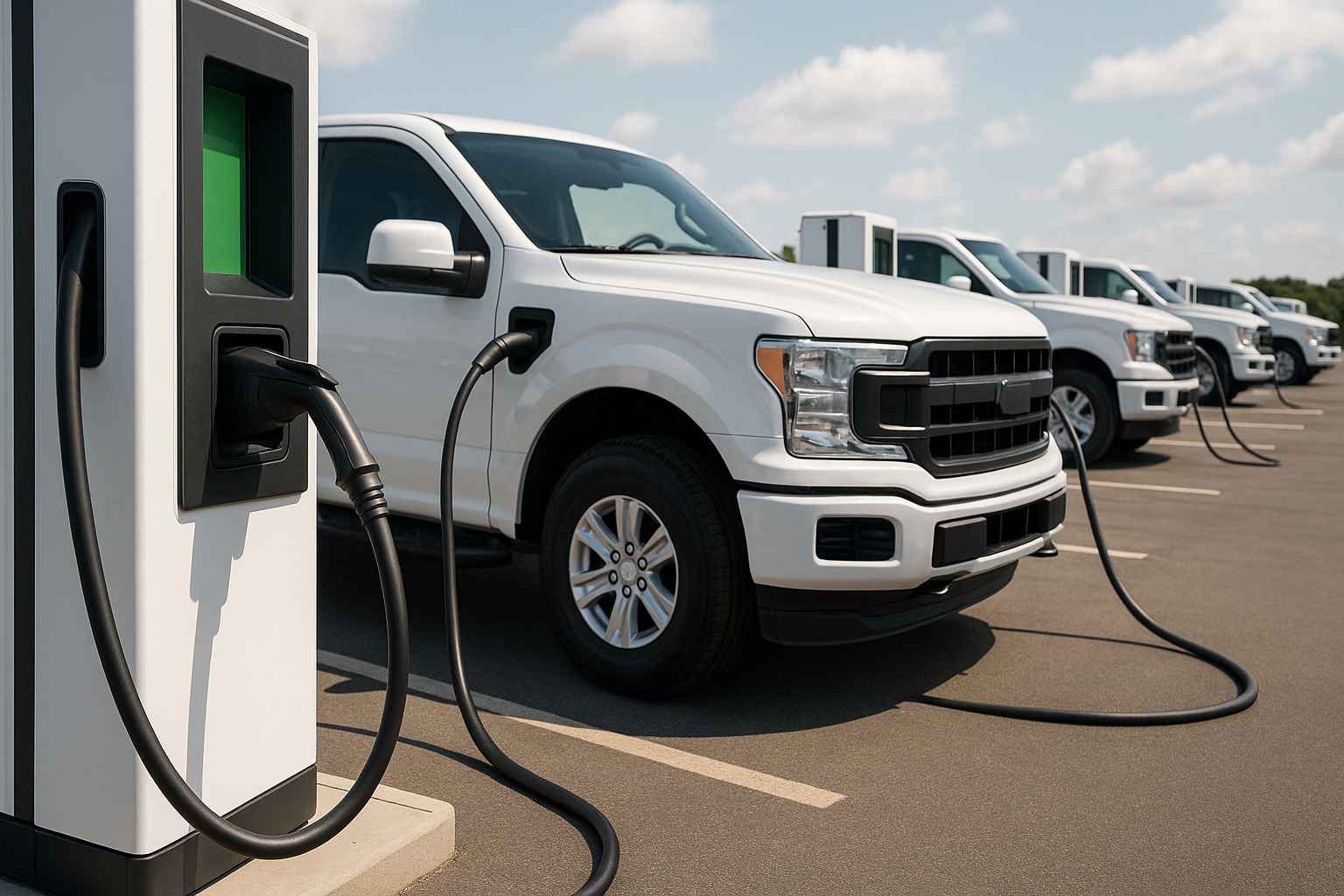What Will The Next Four Years Look Like For the American EV Industry?

(Co-authored with Noah Newfield)
2020 was projected to be the year of the electric vehicle industry. Instead, it has ended up being a rough year for nearly everyone - especially the automotive industry. But thanks to incentives at the federal and state levels, a major push by automobile manufacturers, and support for clean energy policies, 2021 is most certainly looking up for the EV industry.
At eDRV, we’re confident that the next four years will bring great things for the American electric vehicle industry as a whole - here’s why:
- More Affordable Electric Vehicles: Biden proposes a $2 trillion climate budget, including a “Cash for Clunkers” incentive program that promises rebates for EVs in exchange for less fuel-efficient vehicles. A proposed bill would extend the federal EV tax credit for manufacturers, offering $7,000 per vehicle for buyers, with a $250,000 household-income limit to make EVs more accessible to middle-class consumers. This could be great news for automakers like GM and Tesla and bring further cost reductions to EVs.
- Increased public Charging Infrastructure: Compared to the 192,000 stations in the European Union (according to the European Alternative Fuels Observatory), America merely has 87,600 across the country. President-elect Biden has stated that his administration will bring that count up to 500,000 by 2030 -- a boon for electric vehicle drivers. The new administration plans to partner with local and state governments to introduce policies that will help them install additional stations across the United States, eliminating “charging deserts”.
- Support for Fleets: Electric vehicles in fleets can help make the movement of goods faster, cheaper, and contribute to cleaner air. The support for American-made EV’s in government fleets is expected to benefit Tesla, Ford, Rivian, GM, and Lordstown. The new presidential campaign also previously indicated support for smaller startups in the EV sector and help for improving financing for automakers transitioning to cleaner vehicles.
- Stringent Emissions Rules for Automakers: In 2012, the Obama administration required automakers to reduce CO2 emissions for both light-duty and passenger vehicles by 3.5% on an annual basis right through 2021 - and then by 5% annually until 2025. Several automakers chose to meet the emissions reduction targets by adding electric vehicles to their portfolio and launching new models -- meaning more options to choose from for buyers of electric vehicles.
All in all, the whole auto industry seems to support the policies favoring electric vehicles and nearly every major automaker has plans for launching new vehicles in the coming years.
At eDRV, our goal is to make electric vehicles ubiquitous, and the experience of charging them as seamless and intuitive as filling up a gasoline-fueled vehicle. We’re excited to be working with network operators across the U.S. in rolling out charging infrastructure for businesses offering EV charging. As the world's first open API platform for EV charging management, we are committed to making the adoption of electric vehicles easy and inclusive, with support for any unlocked and network-capable charging station.
About eDRV: eDRV is the world's first open API platform for EV charging management, which works with any unlocked, network-capable EV charge station and supports both OCPP 1.6 and 2.0.1 for AC and DC fast chargers.


.png)

.jpg)


